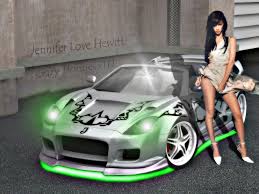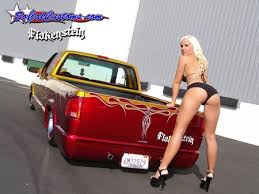
Toyota Motor Sales, the company's official name, promises a "commitment to the environment."
They currently carry three lines of hybrids, the Prius, the Camry, and the Highlander SUV with more plans on the horizon to develop more fuel efficient and alternative energy vehicles that are affordable and green.
We took a look at the 2009 lineup and found the best and the worst.
The 2009 Toyota Camry - The Best
Always a customer favorite, the 2009 Toyota Camry still doesn't disappoint and you'll get a quality vehicle for your buck.
Models we looked at were the LE and SE, both with manual and automatic transmission options and both with 4 cylinder 2.4 liter engines. Their LE/SE V6 models have 3.5 liter engines offer 6 cylinders and come with automatic transmission only. All models were equipped with front wheel drive and fuel efficiency was as high as 25 miles to the gallon.
Consumers simply "love to drive" this vehicle and its redesigned drivetrain is pretty powerful. It is also one of the most comfortable and luxurious family sedans on the market and offers a simple radio design and easy to use controls.
With plenty of room for everyone, this good fuel mileage vehicle is still an easy pick for the money. The models we looked at for 2009 range in price from the base at $19,000 to the higher end models at $25,000.
The 2009 Toyota Yaris - The Worst
Consumers say there's not much that's really unique in this vehicle except for its 30 mile per gallon fuel efficiency and for its class; some think this vehicle should be cheaper.
Models in this review were the Coupe and Sedan that both have automatic or manual transmission options, 1.5 liter engines and range in price from base at 12,205 to their S models for around $15,880.
Customers didn't like the little road feel and considerable roll these models offered up and complained about the interiors; especially the placement of the cupholders and lack of storage space.
The vehicle's exterior design is better than the Echo, the vehicle it replaced, and the Yaris has an economical engine and good fuel efficiency. Still, all in all, Toyota should have put a little more design and engineering for comfort and amenities in the Yaris as well as better quality; especially in body materials used.
Summing Up Toyota
Toyota will stay on the forefront of the environment and seek ways to make affordable hybrids and most likely in the very near future. Further, Toyota keeps their prices on their current models at levels that fall into the average family budget.
With so many models to choose from, Toyota continues to climb the ladder past the Big Three in some classes. Remember to get a Toyota extended warranty when purchasing your Toyota; they will extend the manufacturer's warranty and save you money at repair time because these vehicles tend to have long lives and can endure a lot of mileage.
If you decide a Toyota is right for you, make sure to buy a Toyota extended warranty to save you big bucks on repairs when the original manufacturer's warranty runs out. An extended car warranty company, Warranty Direct has been helping consumers for 28 years and can help you save hundreds of dollars on an extended auto warranty.
Article Source: http://EzineArticles.com/?expert=Boris_Badinoff



































